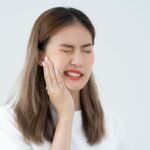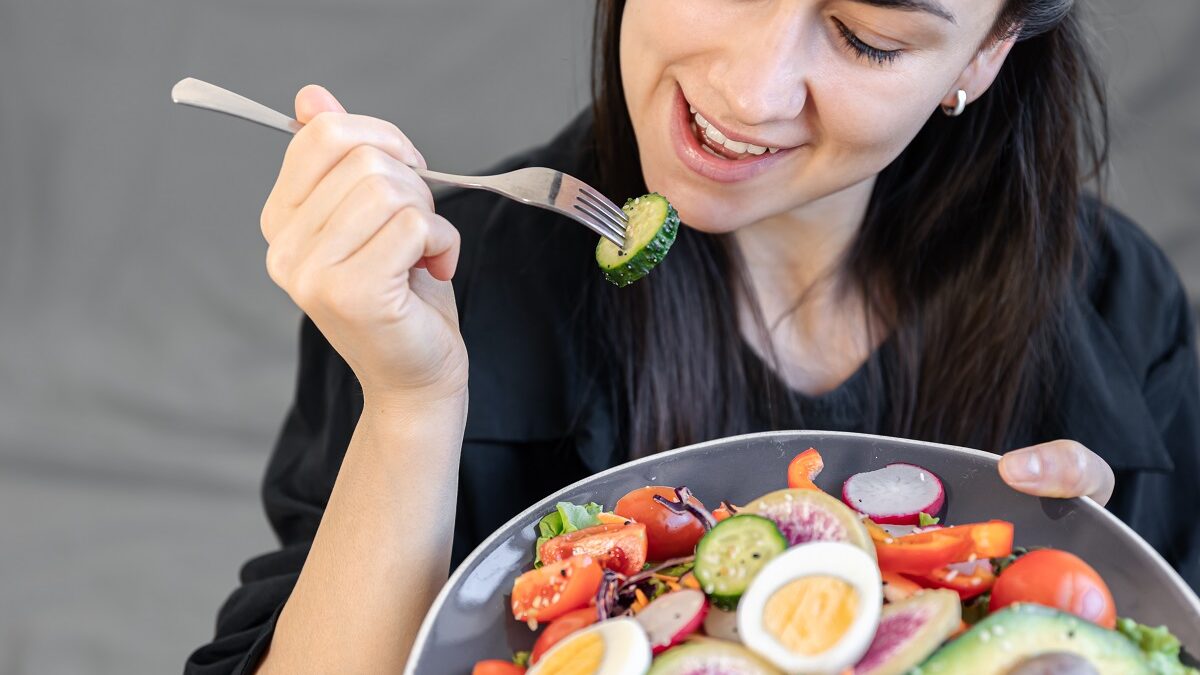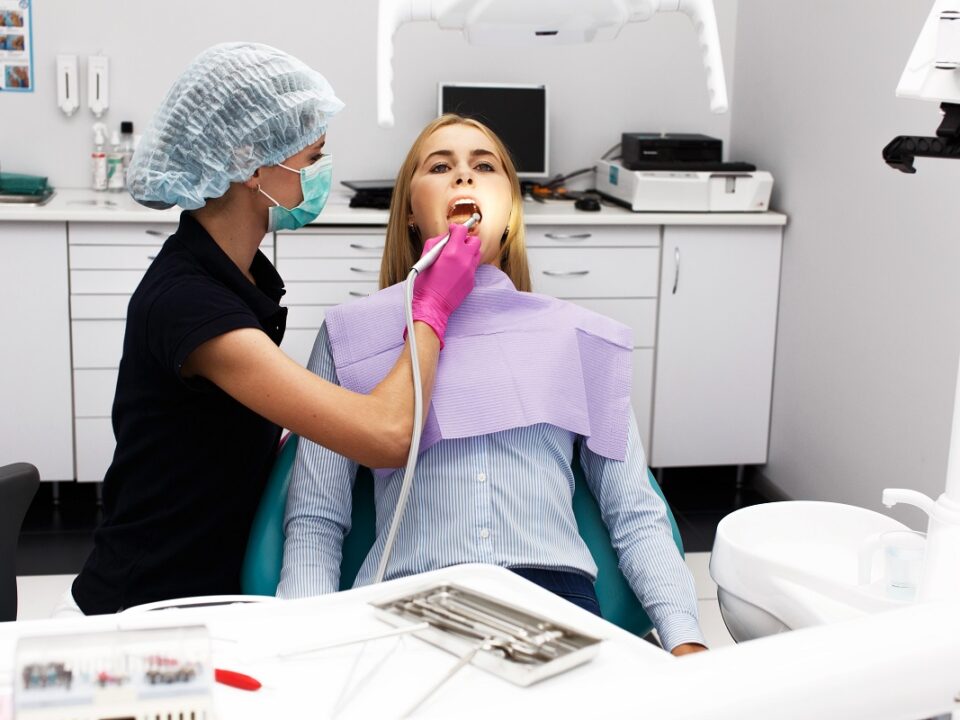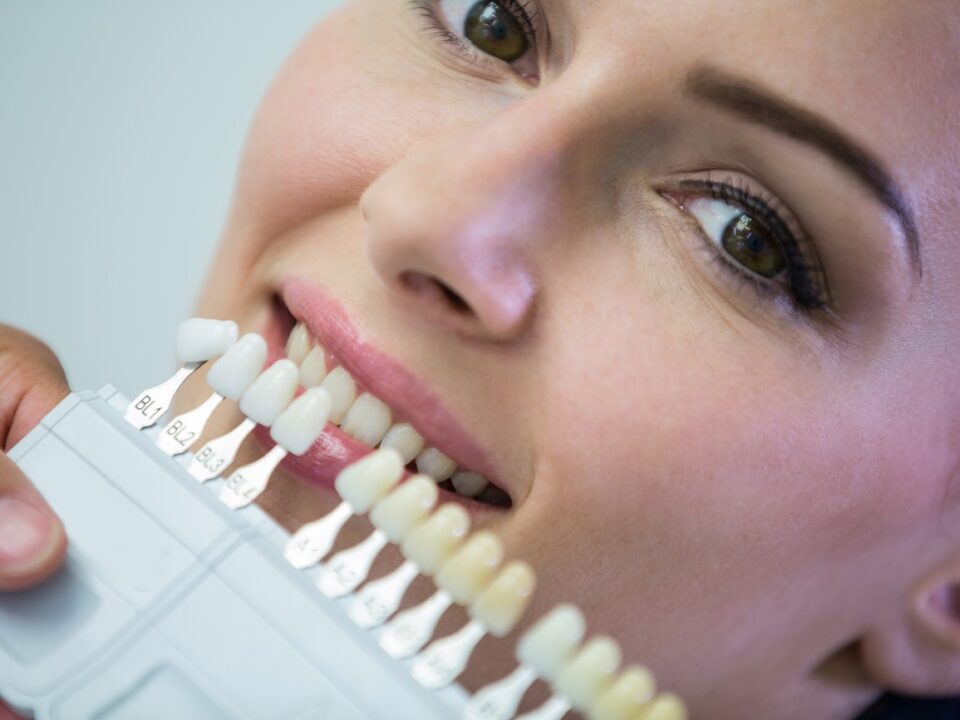
Dental Filling Removal: What to Expect and Why It Matters
November 12, 2025
TMJ Pain: Causes, Symptoms, and Effective Treatments
November 12, 2025Eating after a dental filling: What you can (and can’t) eat and why it matters
Why post-filling eating habits matter?
After getting a dental filling, many patients wonder: “When can I eat again?” or “What foods are safe to eat after a filling?” These are not minor questions. Your eating habits during the hours—and even days—after a filling can directly impact the success, longevity, and comfort of your dental treatment.
Whether you received a traditional amalgam filling, a tooth-colored composite, or a modern bioactive restoration, understanding what you should and shouldn’t eat post-procedure is key to avoiding pain, dislodging the filling, or even damaging the tooth.
When can you eat after a dental filling?
1. Composite (tooth-colored) fillings
These fillings harden instantly using a curing light, so you can technically eat right after the procedure. However, it’s best to wait at least 1–2 hours, especially if local anesthesia was used—this gives your bite time to settle and avoids accidentally biting your cheek or tongue.
2. Amalgam (metal) fillings
Amalgam takes up to 24 hours to fully harden. Dentists often recommend waiting at least 2–4 hours before eating, and even longer before chewing on the treated side.
Tip: Regardless of material, always follow your dentist’s specific instructions for eating after your procedure.
Best foods to eat after a dental filling
The ideal post-filling diet consists of soft, non-sticky, non-acidic foods that minimize chewing and won’t damage the restoration or irritate the area.
Here are safe and comfortable food options:
Soft & gentle choices
- Mashed potatoes or sweet potatoes
- Yogurt or Greek yogurt
- Scrambled eggs
- Oatmeal or warm porridge
- Applesauce or mashed bananas
- Smoothies (avoid using a straw if you’re numb)
- Cooked vegetables (soft carrots, squash, etc.)
- Rice or pasta (well-cooked)
- Soups (lukewarm, not hot)
- Soft breads without crusts
Hydration is key
Drink plenty of water. It helps rinse your mouth and keeps bacteria at bay, especially if chewing is uncomfortable.
Foods to avoid after a filling
Certain foods can interfere with the healing process, dislodge the filling, or cause discomfort—especially while the anesthesia is still active.
Hard & crunchy foods
Avoid anything that puts pressure on the filled tooth:
- Nuts
- Chips
- Raw carrots or apples
- Ice
- Crusty bread or hard rolls
Sticky or chewy foods
These can pull out the filling or stick to the tooth:
- Chewing gum
- Caramel
- Toffee
- Gummy candies
- Dried fruits
Extremely hot or cold foods
The filled tooth may be sensitive to temperature changes:
- Hot coffee or tea
- Ice cream
- Iced beverages
Sugary foods and drinks
Limit sugary sodas, juices, and candies—especially right after treatment—since the area may still be vulnerable to bacteria and decay.
Caution: Numbness after the procedure
If your mouth is still numb, wait to eat. Biting your cheek, tongue, or lip is a common risk after local anesthesia. If you’re unsure whether the numbness has worn off, wait at least 1–2 hours or until sensation fully returns.
What If you feel pain while eating?
Mild sensitivity is normal for a few days, especially with pressure or temperature changes. However, if you experience sharp pain when biting, persistent discomfort, or feel like your bite is “off,” contact your dentist. These symptoms may indicate:
- An uneven filling
- Nerve irritation
- Filling too high or loose
Adjustments are often quick and painless.
Oral care after a filling
Good hygiene ensures your filling lasts and the surrounding tooth remains healthy.
- Brush gently with a soft-bristled brush
- Use fluoride toothpaste
- Avoid vigorous rinsing for the first day
- Floss carefully around the filled tooth
How long should you follow a special diet?
- First 24 hours: Stick to soft foods only
- Next 2–3 days: Slowly reintroduce more solid foods
- After 3–5 days: Resume a normal diet, unless you still have sensitivity
If your filling still feels sensitive after a week, consult your dentist.
Bonus tip: Long-term eating habits to preserve fillings
Even after recovery, your daily choices can impact the lifespan of your fillings. To make them last:
- Avoid biting hard objects (ice, pens, nails)
- Cut down on acidic and sugary snacks
- Get regular dental checkups
- Consider a mouthguard if you grind your teeth
Summary
Eating after a dental filling isn’t just about comfort—it’s about protection. Soft, non-irritating foods help your restoration settle and prevent complications. Avoiding hard, sticky, or extreme foods for a few days can help preserve your dental work and minimize discomfort.
Need a filling? We’ve got you covered
At Digital Dental Studio in Dedham, Dr. Anna Vishart specializes in minimally invasive, biocompatible dental restorations that blend seamlessly with your natural teeth. If you’re experiencing discomfort or have questions about eating after a filling, our team is here to help




